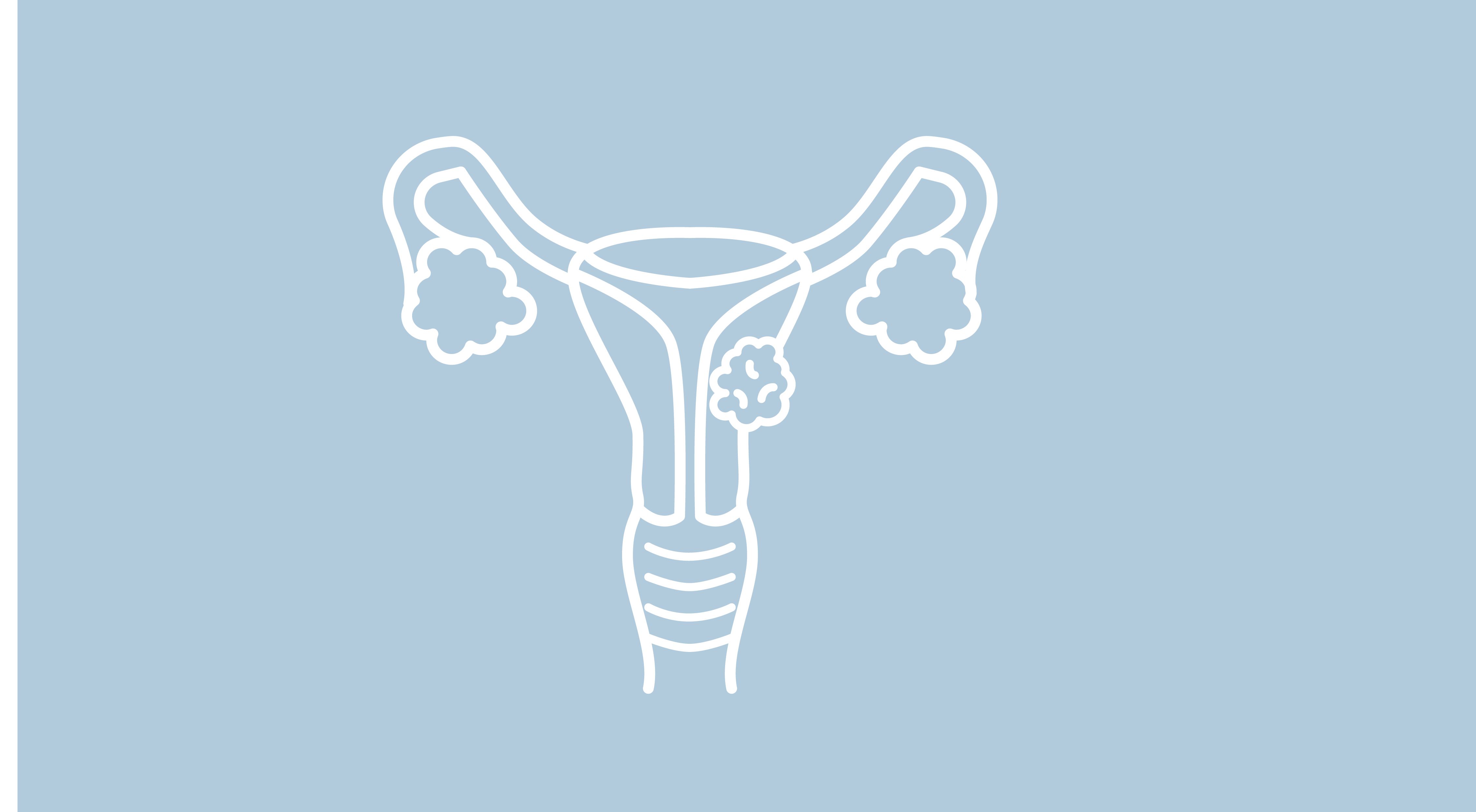Patients With Endometrial Cancer Report Maintained HRQOL With Dostarlimab
Those receiving dostarlimab experienced numerical improvements from baseline in terms of quality of life, emotional functioning, pain, and back and pelvis pain scores.
Patients With Endometrial Cancer Report Maintained HRQOL With Dostarlimab

Patients who received dostarlimab (Jemperli) in addition to chemotherapy maintained their health-related quality of life (HRQOL), according to an analysis of patient-reported outcomes (PROs) in the phase 3 ENGOT/EN6-NSGO/GOG-301/RUBY trial (NCT03981796).
Findings were presented at the 2023 ASCO Quality Care Symposium.
Key Findings
In the population of patients with mismatch repair deficient (dMMR)/microsatellite instability-high (MSI-H) disease, those receiving dostarlimab experienced numerical improvements from baseline in terms of quality of life, emotional functioning, pain, and back and pelvis pain scores.
At cycle 7, these improvements were deemed nominally significant when compared with placebo plus chemotherapy. The reported least square mean (LSM) change was 9.4 (standard error [SE], 3.72; P = .02).
The LSM in the dMMR/MSI-H population for physical functioning was 7.5 (SE, 3.61), which was also deemed significant (P = .04), along with the LSM for role functioning (P = .03), which was 11.7 (SE, 5.23).
Similarly, in the overall population of patients, no differences were observed in between the dostarlimab and control arms at cycle 7 or cycle 13 among these key variables (LSM, 0.4 [SE, 1.79]; P = .84).
ENGOT/EN6-NSGO/GOG-301/RUBY Trial
Patients in the RUBY trial had stage III/IV histologically or cytologically confirmed advanced or recurrent endometrial cancer and had a low potential of cure through radiation therapy or surgery alone, or in combination.
All participants were naïve to systemic therapy and had experienced disease recurrent within 6 months of completing their primary treatment. They also all had an ECOG performance status of 0-1, and adequate organ function.
After being randomly assigned, they began 1 of 2 treatment regimens. In the experimental arm, patients received 500 mg of intravenous (IV) dostarlimab along with 5 mg/mL of area under the curve (AUC) carboplatin, and 175 mg/m2 of paclitaxel, every 3 weeks, for 6 cycles. After, they went on to receive monotherapy with dostarlimab at a 1000-mg IV dose, every 6 weeks, for up to 3 years.
Those in the control arm also received 5 mg/mL of AUC carboplatin, and 175 mg/m2 of paclitaxel, every 3 weeks, for 6 cycles, before initiating placebo monotherapy, every 6 weeks, for 3 years.
PRO Assessments
HRQOL, assessed via PROs, was considered a secondary end point in the trial. Investigators leveraged both the EORTC Core Quality of Life questionnaire (EORTC QLQ-C30) and QLQ-EN24 questionnaires to assess the impact of this therapy on the patient’s HRQOL.
These assessments were completed before treatment on day 1 of each treatment cycle, at the end-of-treatment visit, and at the safety and survival follow-up visits.
Of note, cycle 7 is when patients began the monotherapy phase of their treatment, and cycle 13 is when patients began the first cycle of the second year of their treatment.
At baseline, the percentage of patients who completed the 2 questionaries, respectively, was 95.9% and 97.4% in the dostarlimab arm, and 94.0% and 97.2% in the placebo arm. By the end of treatment, the percentage of patients filling out these questionnaires, respectively, was 75.4% and 75.8% in the dostarlimab arm, and 81.2% and 82.1% in the placebo arm.
Significance
Carboplatin plus paclitaxel is standard frontline treatment for patients with primary advanced or recurrent endometrial cancer. Yet, long-term outcomes are poor, and the median overall survival (OS) with this approach is less than 3 years.
The phase 3 RUBY trial demonstrated that patients with primary advanced or recurrent endometrial cancer who received dostarlimab with carboplatin plus paclitaxel, experienced significant improvements in progression-free survival (PFS) compared with chemotherapy alone.
The PFS benefit was observed in both the dMMR/MSI-H (HR, 0.28; 95% CI, 0.162-0.495; P < .0001) and overall populations (HR, 0.64; 95% CI, 0.507-0.800; P < .0001).
A favorable OS trend was also observed with the immunotherapy in the trial. Again, this was demonstrable in both the dMMR/MSI (HR, 0.30; 95% CI, 0.127-0.699) and overall populations (HR, 0. 64; 95% CI, 0.464-0.870; P = .0021).
“These results further support the use of dostarlimab plus carboplatin/paclitaxel as a standard of care in patients with primary advanced or recurrent endometrial cancer,” study authors concluded.
Reference
Mirza MR, Powell M, Lundgren C, et al. Patient-reported outcomes (PROs) in patients (pts) with primary advanced or recurrent endometrial cancer (pA/rEC) treated with dostarlimab (D) plus carboplatin/paclitaxel (CP) compared with CP in the ENGOT-EN6/GOG3031/RUBY trial. JCO Oncol Pract. 2023;19(suppl 11):332. doi:10.1200/OP.2023.19.11_suppl.332


